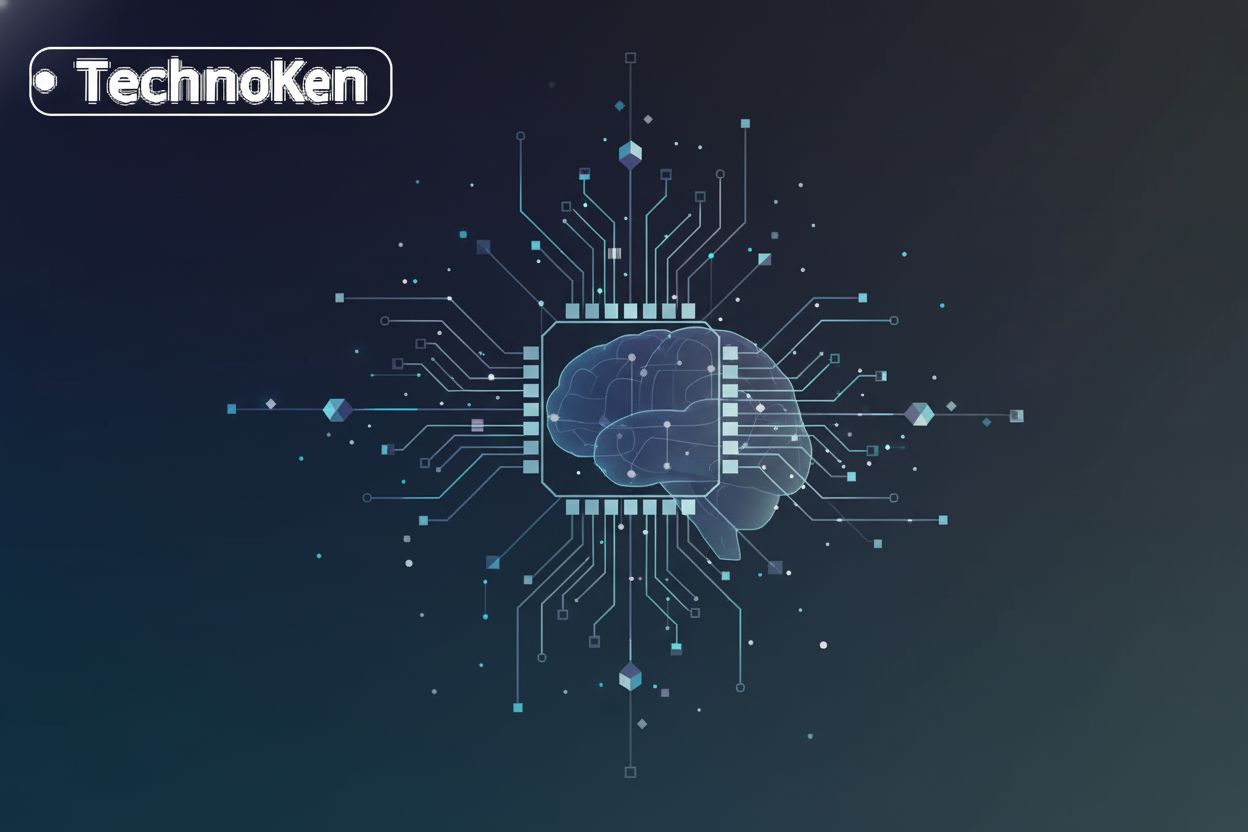Fortifying AI Agents: A Deep Dive into Adversarial Training
TL;DR
The Growing Need for Robust AI Agents
ai agents are increasingly integral, yet their vulnerability is a growing concern. Successfully exploiting weaknesses in ai systems can lead to significant financial and reputational damage. For instance, a study by Sysdig highlighted major ai security risks that could cost companies dearly.
To ensure robust ai agents, consider these key points:
- ai agents are inherently vulnerable to adversarial attacks.
- Successful attacks on ai systems are becoming more frequent; a recent report indicated a significant uptick in these incidents.
- ai failures carry financial and reputational risks.
Traditional security measures often fall short in protecting ai agents. Next, we'll explore why ai-specific security strategies are essential.
Adversarial Training: The Core Principles
Adversarial training fortifies ai agents against manipulation. But how does it work? It's all about teaching ai to recognize and resist malicious inputs.
Here's a breakdown of the core principles:
- Adversarial example generation: Crafting inputs that are intentionally designed to fool the ai. Think of it as creating tricky test cases.
- Model retraining: Feeding the ai these adversarial examples during training. This helps the model learn to identify and correctly classify even manipulated inputs.
- Iterative process: Repeating the example generation and retraining steps. This ensures the ai becomes increasingly robust over time.
This process improves ai reliability. Let's delve deeper into generating these adversarial examples.
Methods in Adversarial Training
Is your ai agent facing a barrage of cleverly disguised attacks? Adversarial training offers several methods to defend against these threats. Let's explore Once-for-All Adversarial Training (OAT), a technique that allows for real-time adjustments between accuracy and robustness.
OAT is designed to provide flexibility without the need for retraining. This is particularly useful in scenarios where the balance between accuracy and security needs to shift dynamically.
Here's how OAT works:
- In-situ trade-offs: Calibrate a trained model to examine trade-offs between standard and robust accuracies without retraining.
- Dual batch normalization: This is a neat trick where standard and adversarial feature statistics are kept separate. By doing this, the model can better distinguish between normal data and potentially malicious inputs, leading to improved performance and adaptability. It's like giving the ai two different sets of eyes, one for everyday tasks and one specifically for spotting trouble.
- Joint trade-off: OAT can be extended to Once-for-All Adversarial Training and Slimming (OATS), which factors in runtime efficiency. This means OATS not only works on making the model robust but also tries to keep it fast. It achieves this by intelligently balancing the computational cost of robustness with the actual performance gains, ensuring the model doesn't become too slow while still being secure.
OAT enables models to adapt to varying conditions, making it valuable in dynamic environments. Next, we'll investigate min-max adversarial training.
Adversarial Training in Action: Securing AI Agents
ai agents are now deployed in critical sectors, making their security paramount. Adversarial training is proving its worth in diverse real-world applications.
- In healthcare, it protects diagnostic ai from manipulated medical images. For example, adversarial training can prevent a subtle alteration in an x-ray from causing a misdiagnosis, ensuring patient safety.
- For financial institutions, it fortifies fraud detection systems against deceptive tactics. Imagine an attacker trying to disguise a fraudulent transaction as legitimate; adversarial training helps the system spot these subtle manipulations.
- It enhances the reliability of ai-driven robotic systems. In autonomous vehicles, for instance, it can help prevent misinterpretations of road signs or obstacles due to minor visual distortions.
Trade-offs and Challenges
Adversarial training presents a robust defense, but it's not without its challenges. Successfully implementing adversarial training involves navigating trade-offs and overcoming computational hurdles.
One primary challenge is the inherent trade-off between accuracy and robustness. As models become more resistant to adversarial attacks, their accuracy on clean, non-manipulated data often decreases. Mitigating this accuracy drop requires careful strategies:
- Balancing the training objective: Finding the right balance between standard classification loss and robustness loss. It's like trying to make a student good at both regular tests and surprise pop quizzes without making them forget everything they learned.
- Employing advanced training techniques: Using methods that minimize the impact on standard accuracy while maximizing robustness.
Adversarial training demands significant computational resources. Generating adversarial examples for each training iteration increases the computational burden. Improving efficiency and scalability is critical:
- Adversarial coreset selection: Selecting a small subset of training data can reduce the time complexity of robust training. This is like picking out the most representative and challenging practice problems instead of doing every single one, saving time while still getting good practice.
- Optimized algorithms: Developing more efficient adversarial training algorithms can decrease computational costs.
Addressing these challenges is essential for the widespread adoption of adversarial training.
Future Directions and Emerging Trends
Adversarial training is constantly evolving, promising more secure ai agents. What's on the horizon for this critical field?
- Explainable AI: Use adversarial training to improve ai transparency and address biases. By understanding how adversarial attacks fool models, we can gain insights into their decision-making processes.
- Federated Learning: Apply adversarial training in distributed systems to maintain robustness. This is crucial for privacy-preserving ai where data isn't centralized.
- Meta-Adversarial Training: Employ diverse attack methods to enhance model stability. This involves training models against a wide range of potential attacks, not just one or two. For instance, instead of just testing against small, subtle perturbations, models might be trained against more significant, varied distortions or even entirely different types of manipulation, making them more resilient to unexpected threats.
These advancements will pave the way for more reliable ai solutions.


